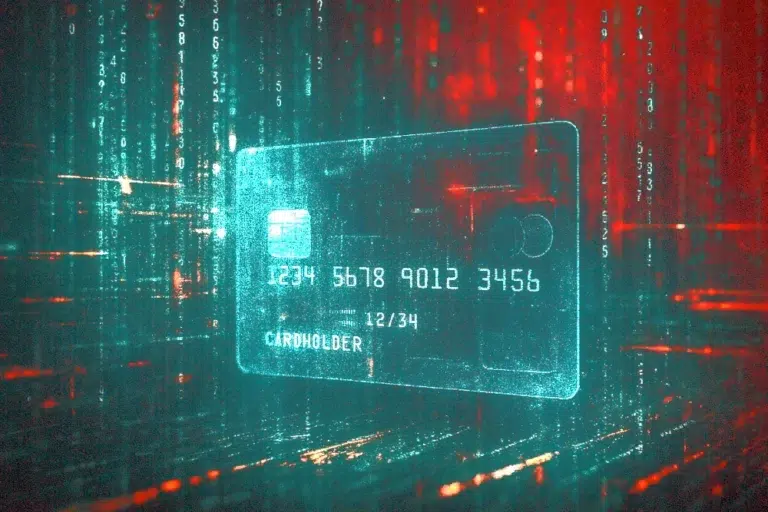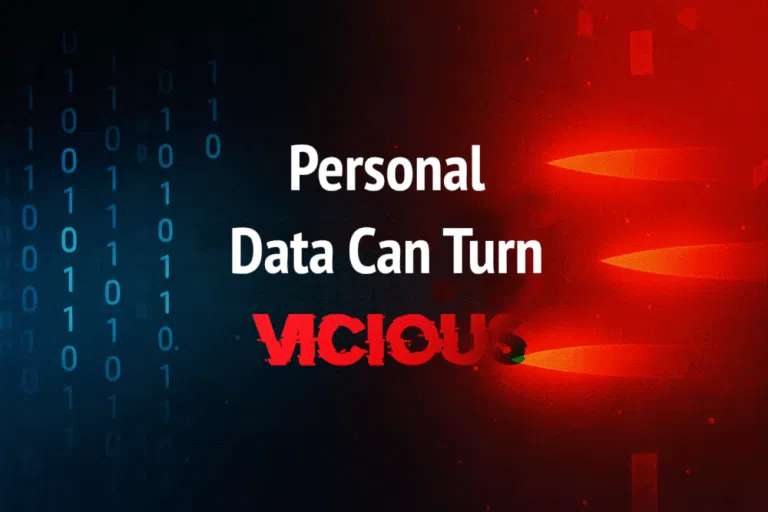Every time there’s a major data breach, companies scramble to offer “free” credit monitoring. It sounds like a responsible move. It sounds protective.
It isn’t.
Here’s what they don’t tell you:
Companies pay just $1–$10 per person to offer it.
Fewer than 10% of people even sign up!
Those who do often get funneled into $20–$30/month subscriptions for ‘protection’ that mostly alerts you after damage has already occurred.
This isn’t real security. It’s a recurring revenue stream for credit bureaus.
Credit monitoring doesn’t prevent fraud.
It doesn’t patch the breach.
And it doesn’t stop your data from circulating.
It’s PR. Not protection.
So Who Actually Wins?
The credit bureaus, of course.
They profit on both ends of the breach cycle:
Charge companies for the monitoring offer.
Upsell you into expensive plans after the ‘free’ period ends.
Harvest fresh data during enrollment. Phone numbers, emails, even SSN verification.
Rebrand themselves as the solution, despite being deeply embedded in the surveillance economy.
Credit monitoring isn’t a wall. It’s a toll booth.
You pay twice. First with your data, then with your wallet.
Want Real Protection? Start With a Credit Freeze.
A credit freeze is one of the few tools that:
-
Prevents new account fraud
-
Is 100% free (thanks to post-Equifax legislation)
-
Is recommended by the FTC & Consumer Reports (and nearly every real expert)
-
Blocks some of the credit bureaus’ most profitable data sales, including:
-
Prescreened credit offers
-
Trigger-based lending signals
-
Opportunistic marketing pulls
-
So, why don’t the bureaus promote freezes?
Because freezes work.
And they don’t generate revenue.
So… Do You Want Credit Monitoring?
Only if you’re interested in paying premium prices for alerts that show up after your identity has already been misused.
If you’re serious about protecting yourself, start with a freeze.
Want More Details on The Game?
We break it all down in our latest ObscureIQ privacy briefing.
What Do Other Privacy Professionals Think? >> Join the Conversation on Jeff’s LinkedIn Post




